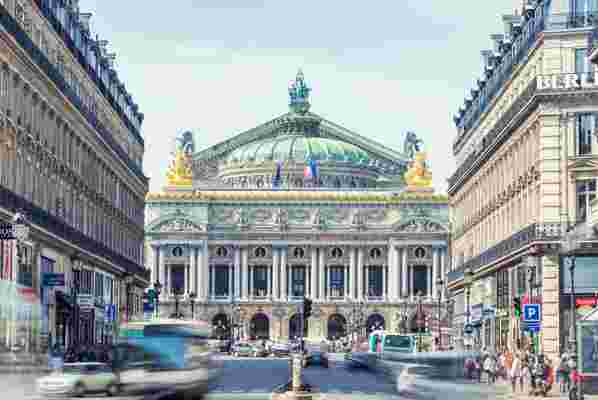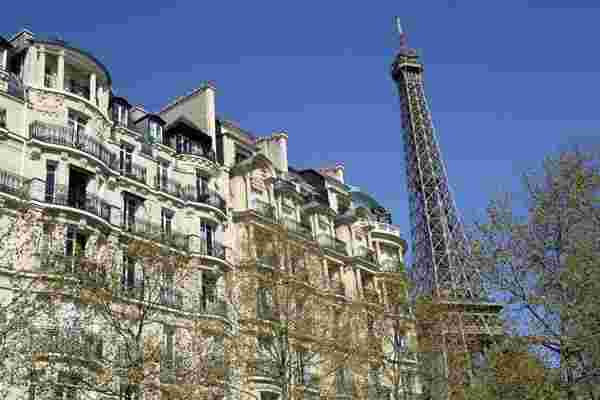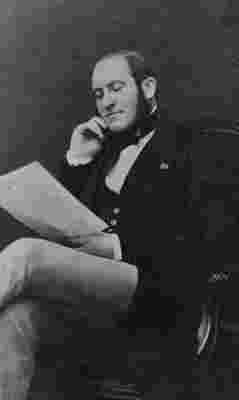It's a belief held by many that Paris possesses a je ne sais quoi unlike any other city. But the capital of France—Gertrude Stein's unofficial hometown, Ernest Hemingway's moveable feast, the backdrop to Carrie Bradshaw's long-awaited happy ending—first went through a gut renovation at the hands of Georges-Eugène Haussmann to become the City of Light.
In the mid-19th century, Paris might as well have been called the City of Blight. A suffocating population density, rampant crime, subpar sewers, and cholera all plagued the metropolis—and that's just a sampling. Emperor Napoleon III (1808–1873), just after staging a coup d'état, became more determined than ever to transform the city with an overhaul inspired by London, with its public parks and wide streets.

Palais Garnier, Paris's Opera House, was an inspiration for Haussmann's vision of a beautified Paris.
Cue the appointment of Haussmann to the position of Prefect of the Gironde to Prefect of the Seine, a role that came with the expectation of a new, no-holds-barred urban planning. He got the job in 1853 by wooing the minister of the interior with his charisma, and next impressed the emperor with a plan that called for three major thoroughfares. The idea was to open up and beautify the cramped city, creating a more unified look with better infrastructure to boot.
What ensued was 17 years of nonstop construction, including the demolition of almost 20,000 buildings. First came the major roads, or "the gutting of old Paris," as Haussmann wrote in his memoir, that provided a distinct ease of movement throughout the city. Next came a network of streets, all of which radiated out from the Arc de Triomphe , mapping across annexed suburbs to create today's familiar arrondissements.
As for the architecture, many of the buildings constructed according to Haussmann's vision were designed in a Renaissance Revival style called, fittingly, Napoleon III. An eclectic style combining decorative details from the past, it informed the facades of some of the city's most famous buildings, including the Paris Opera and the last wing of the Louvre.

A Haussmann-designed building stands next to the Eiffel tower.
Perhaps more impactful, however, are the prevalent Haussmannian-style apartment buildings. His standardized look included a maximum of five stories, a 45-degree-pitched roof, and wrought-iron balconies. The exteriors were non-negotiable, while the interiors were left to the building owners.

A picture of Georges-Eugène Haussmann (1809–1891).
Mostly due to political opposition, Haussmann was sacked in 1870, and Napoleon III's reign ended just months later when he was captured as a result of the Franco-Prussian War. Haussmann's plans, however, were seen through by his successor and completed in 1927. When all was said and done, Haussmann had completely reimagined the city layout, added four new parks, planted trees and flowers, erected statues, and lined the streets with flickering gas lamps—turning Paris into one of the most charming, and architecturally significant, cities in history.
